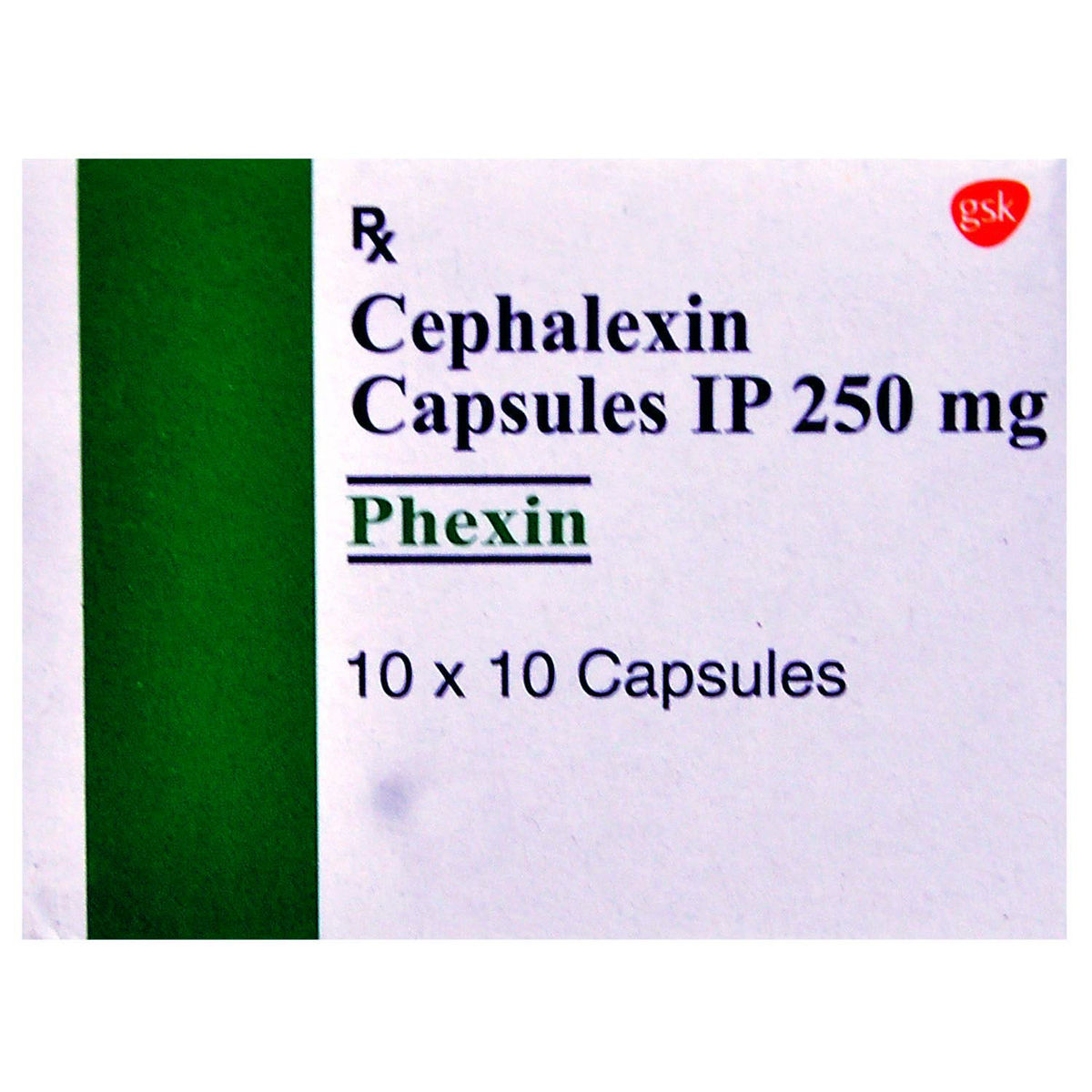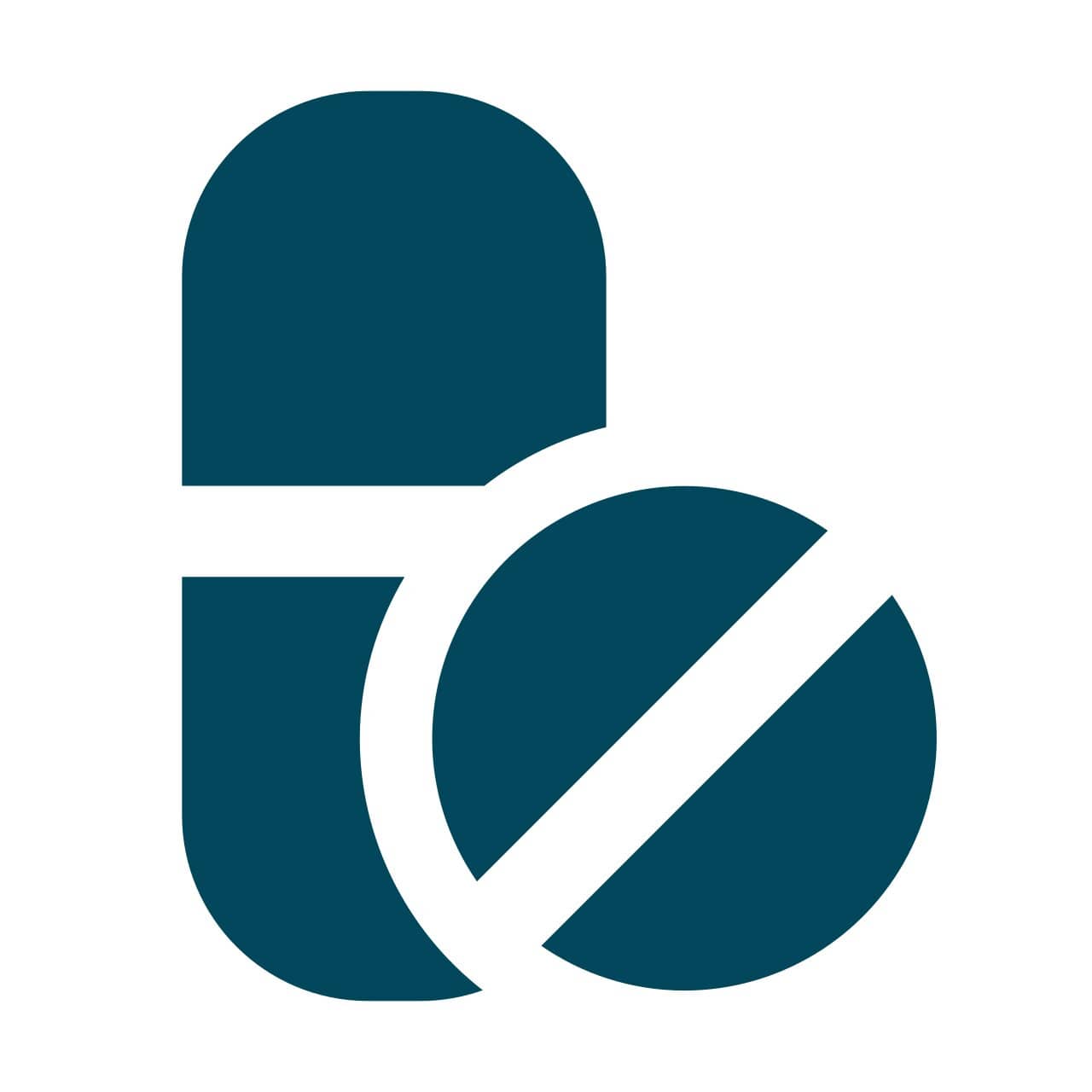Cephalexin
About Cephalexin
Cephalexin is an antibiotic medicine used in the treatment of bacterial infections in children. It is used to treat mild to moderate infections of the nose, ears, skin, throat, urinary tract, and lungs (such as pneumonia and bronchitis (infection in the airway tubes)) caused by bacteria. A bacterial infection occurs when harmful bacteria grow in the body. It can infect any part of the body and multiply very quickly. Cephalexin is only effective in treating infections caused by bacteria and not effective for viral infections like flu or a common cold.
Cephalexin contains Cephalexin an antibiotic belonging to the first-generation cephalosporin class of drugs. It works by inhibiting the formation of the bacterial cell wall (a protective covering) that is necessary for their survival. This causes damage to the bacterial cell wall and eventually leads to the death of the bacterial cell. Thus, it prevents the growth of bacterial infections.
Cephalexin may cause certain side effects such as indigestion, diarrhoea, and stomach pain. These side effects do not require medical attention and gradually resolve over time. However, if the side effects persist or worsen, please consult your paediatrician. Cephalexin should be taken as advised by your doctor. Do not give more than the prescribed dose of Cephalexin to the child. Generally, the dose of the medicine will be decided by your paediatrician depending upon the type and severity of the infection.
Cephalexin is intended for pediatric use only. Avoid giving Cephalexin to your child if she/he is allergic to antibiotics. Before administration, inform your child’s doctor about liver and kidney disease. Let your doctor know if your child has pre-existing renal or liver disease. Keep your doctor informed about your child’s health condition, including his current medications and medical history, to rule out any side effects/interactions.
Uses of Cephalexin
• Antibiotic Treatment: Cephalexin is typically used to treat bacterial infections, particularly those caused by specific susceptible strains of bacteria.
• Respiratory Infections: Cephalexin can be utilized in the treatment of respiratory tract infections, helping alleviate symptoms and clear the infection.
• Urinary Tract Infections: Cephalexin may be effective in treating urinary tract infections by inhibiting the growth of bacteria that cause these infections.
• Skin Infections: The antibiotic properties of Cephalexin make it suitable for the treatment of certain skin infections, promoting healing and reducing symptoms of infection.
Medicinal Benefits
Cephalexin contains cephalexin. It is a broad-spectrum cephalosporin antibiotic that acts against both aerobic (grow in the presence of oxygen) and anaerobic (grow in the absence of oxygen) bacteria. Cephalexin is used to treat several bacterial infections in children. Cephalexin works by inhibiting the formation of the bacterial cell wall (a protective covering) that is necessary for their survival. This causes damage to the bacterial cell wall and eventually leads to the death of the bacterial cell. Thus, it prevents the growth of bacterial infections.
Directions for Use
- Cephalexin can be administered with or without food as directed by the doctor.
- Follow your doctor's instructions on the dosage and timing of this medication to ensure safety.
- Administer the prescribed dose to the child using the measuring cup/dosing syringe/dropper.
- Shake well before use.
Storage
Side Effects of Cephalexin
- Nausea
- Diarrhoea
- Stomach upset
- Indigestion
Drug Warnings
Avoid giving Cephalexin to your child if she/he is allergic to it. Keep your paediatrician informed about your child’s health condition, including their previous medications and medical history, to rule out any side effects/interactions. Before administration, inform the paediatrician about all the OTC medicines, including other vitamin supplements that your child is taking. It is advised not to give more than the prescribed dose of medicine. Also, inform your doctor if your child has liver or kidney-related issues before administration. Cephalexin is intended for use in children. Hence, pregnant and breastfeeding mothers should avoid using this solution.
Drug Interactions
Drug-Drug Interactions: Cephalexin may interact with typhoid and cholera vaccines.
Drug-Food Interactions: No interactions found/established.
Drug-Disease Interactions: inform your doctor before taking Cephalexin in children who have kidney or liver disease inform your doctor before taking Cephalexin.
Drug-Drug Interactions Checker List:
Safety Advice

Alcohol
not applicable-

Pregnancy
not applicable-

Breast Feeding
not applicable-

Driving
not applicable-

Liver
cautionIf your child has liver problems, inform your paediatrician before using Cephalexin.

Kidney
cautionIf your child has kidney impairment, inform your paediatrician before using Cephalexin.

Children
safe if prescribedCephalexin is safe for use in children if prescribed by the doctor. The dose of the medicine will be decided by the paediatrician.
Habit Forming
Diet & Lifestyle Advise
- Include more fibre-enriched food in your child’s diet. Fibre is easily digested by your gut bacteria, which helps stimulate their growth.
- Fibre foods may help restore healthy gut bacteria after a course of antibiotics.
- Avoid giving too much calcium or iron-enriched foods, as it might affect the working of Cephalexin.
Special Advise
Patients Concern
Disease/Condition Glossary
Bacterial infection: A bacterial infection occurs when harmful bacteria enter, grow, and infect the body. It can infect any part of the body and multiply very quickly. These infections vary from minor illnesses to severe brain infections like meningitis and encephalitis. When your child gets infected with these germs, they can experience generalized symptoms like fevers, chills, and fatigue. Children with weak immune systems are more prone to infections.
FAQs
Cephalexin is an antibiotic medicine used in the treatment of bacterial infections in children. It is used to treat mild to moderate infections of the nose, ears, skin, throat, urinary tract, and lungs (such as pneumonia and bronchitis (infection in the airway tubes)) caused by bacteria.
No, Cephalexin is not used to treat viral infections. It is an antibiotic used only to treat bacterial infections.
Cephalexin contains cephalexin, which works by inhibiting the formation of the bacterial cell wall (a protective covering), which is necessary for their survival. This causes damage to the bacterial cell wall and eventually leads to the death of the bacterial cell. Thus, it prevents the growth of bacterial infections.
Cephalexin can cause diarrhoea in children. Cephalexin is an antibiotic that kills toxic bacteria but can also affect the useful bacteria in your intestine or stomach and lead to diarrhoea. If your child has diarrhoea that is watery or bloody, call your doctor. Do not use anti-diarrhoea medicine unless your paediatrician tells you to.










